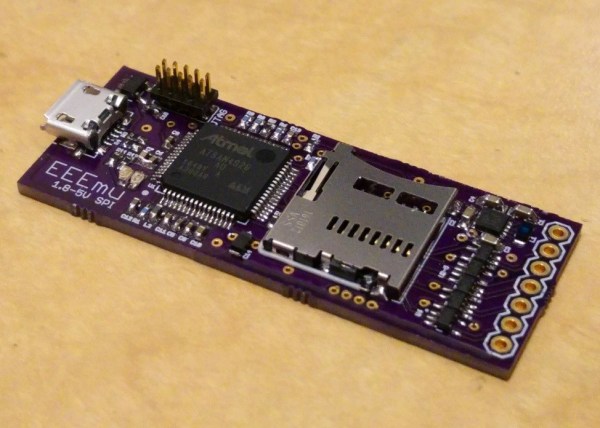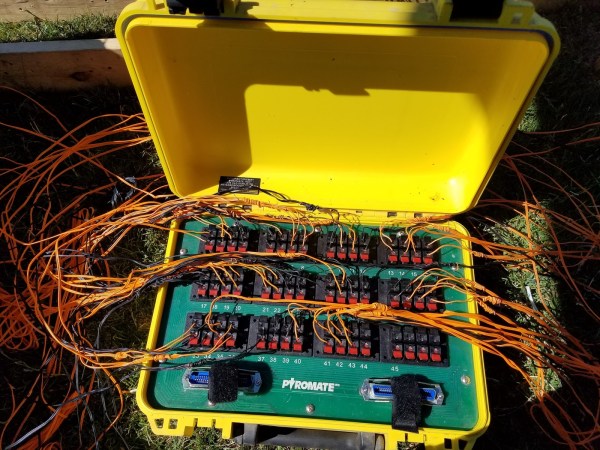[Todd Christell] grows tomatoes in hydroponic buckets in his backyard, and recently he suffered a crop loss when a mechanical timer failed to dispense the nutrient flow as directed. He decided the solution was to add a sensor array to his home network.
[Todd]’s home automation setup runs on a Raspberry Pi loaded with Jessie OS and Node-Red, with Mosquitto as his MQTT message broker. With a sensor network in place, [Todd] would get updates on his phone alerting him if there was a problem with the pumps or if the nutrient bath was getting too low.
The proposed hydroponic setup would consist of an ESP8266-12 equipped with a DS18B20 waterproof temperature sensor, a reed sensor detecting nutrient levels, and a relay board triggering one pump to fill the grow buckets from the main sump and another to top off the sump with the solution from a reserve tank. One early problem he encountered was the electric fence (pictured above) that he employs to keep squirrels away from his tomatoes, interfered with the ESP8266’s signal.























